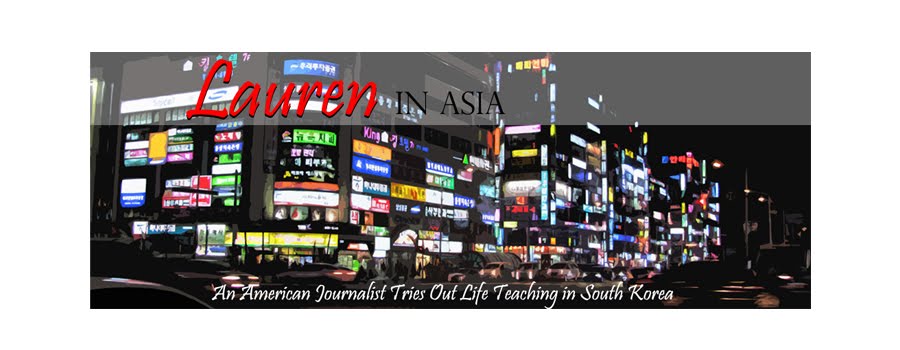The tour books, guides, and the locals will recommend it – after all Taal Volcano is an easy day trip from Manila. In two hours you will arrive at the town of Talisay. It’s from there you can get access to Taal Lake and Taal Volcano.
Taal Volcano is known for several reasons. It’s the world’s smallest active volcano. It’s also part of a chain of volcanoes, so from its peak you can see several others. However, it is likely most famous for its sulfuric crater lake, which some even choose to swim in. Although we wouldn’t be swimming, my husband and I wanted to get a glimpse of Taal Volcano.

(Our Bangka boat -- these are the traditional boats used in the Philippines)
This volcano is also an island, so first you must traverse Taal Lake. On the day of our journey I thought we might be in for a relaxing Bangka boat ride. How I was wrong. We were warned we may get wet on the ride, but feeling proud of my forethought I pulled on a poncho. It wasn’t enough. The boat captain draped a plastic sheet over our legs and I soon learned why. For 25 minutes we were pelted with water. This lake looks beautiful, but it’s hardly serene. As our small boat hit white caps head on, you could see the waves of water coming at you. And, soon we were laughing at the ridiculousness of the situation. By the way – all that plastic is still not enough to keep you dry.

(View on the boat ride of a neighboring inactive volcano)
Once we arrived, I was in for another surprise. People actually live here at the base of an active volcano. Although living off the tourist trade, these people live a poor life. It’s from them we rented a couple of sad and tired looking horses or burros (I can’t be certain) to take us to the top of Taal Volcano. A horseback ride sounds relaxing doesn’t it? This wasn’t. Our horses/burros were obstinate and mine was gassy. The ride was bumpy and at times a bit painful. Thank goodness for the views. As we climbed higher we saw untouched wildlife and jungles and were afforded views of other another volcano sitting in Taal Lake.

(A typical home at Taal Volcano's base)

(Me and my horse)
Thankful to have arrived at the peak, you’re bombarded with people in ramshackle accommodation selling drinks and souvenirs. But, what you really want is just a few steps away – the view. It’s another surprise, you don’t expect so suddenly to be staring down into the crater of a volcano. Crater Lake is a lovely sight. Around the edges you can see spots that are bubbling with boiling water and pockets of gases and smoke spewing through cracks in the earth. It’s a reminder this volcano is still alive. At the top there isn’t much to do but just sit and admire what’s in front of you.

(On the volcano's ridge with a view of Crater Lake)
Then, when we were ready…it was back on the sad, tired horses and back on the boat to be pelted by water and filled with laughter. Finally, it was time for lunch. The setting in a private nipa hut overlooking the lake was wonderful. The fish awaiting us all went to Cameron, a much more adventurous eater than myself. I know one thing, I don’t want my meal looking at me. However, I enjoyed the chicken adobo and vegetables. With our bellies full, it was time to nap in the car as we headed back to Manila.

(Cameron says my lunch pictured here was delicious)
Tours & Advice: Our tour was through the Filipino Travel Center – the tour was affordable and our guides were nice. However, was I to go again I’d probably avoid the horses and just walk the trail. I’ve also read about other less traveled trails that sound appealing. The Taal Lake Yacht Club offers good information on different treks and tours. Our tour also didn’t include a stop in the town of Tagatay. The views from the ridge here are supposed to be lovely and Manila Stay offers a tour with that option.





















